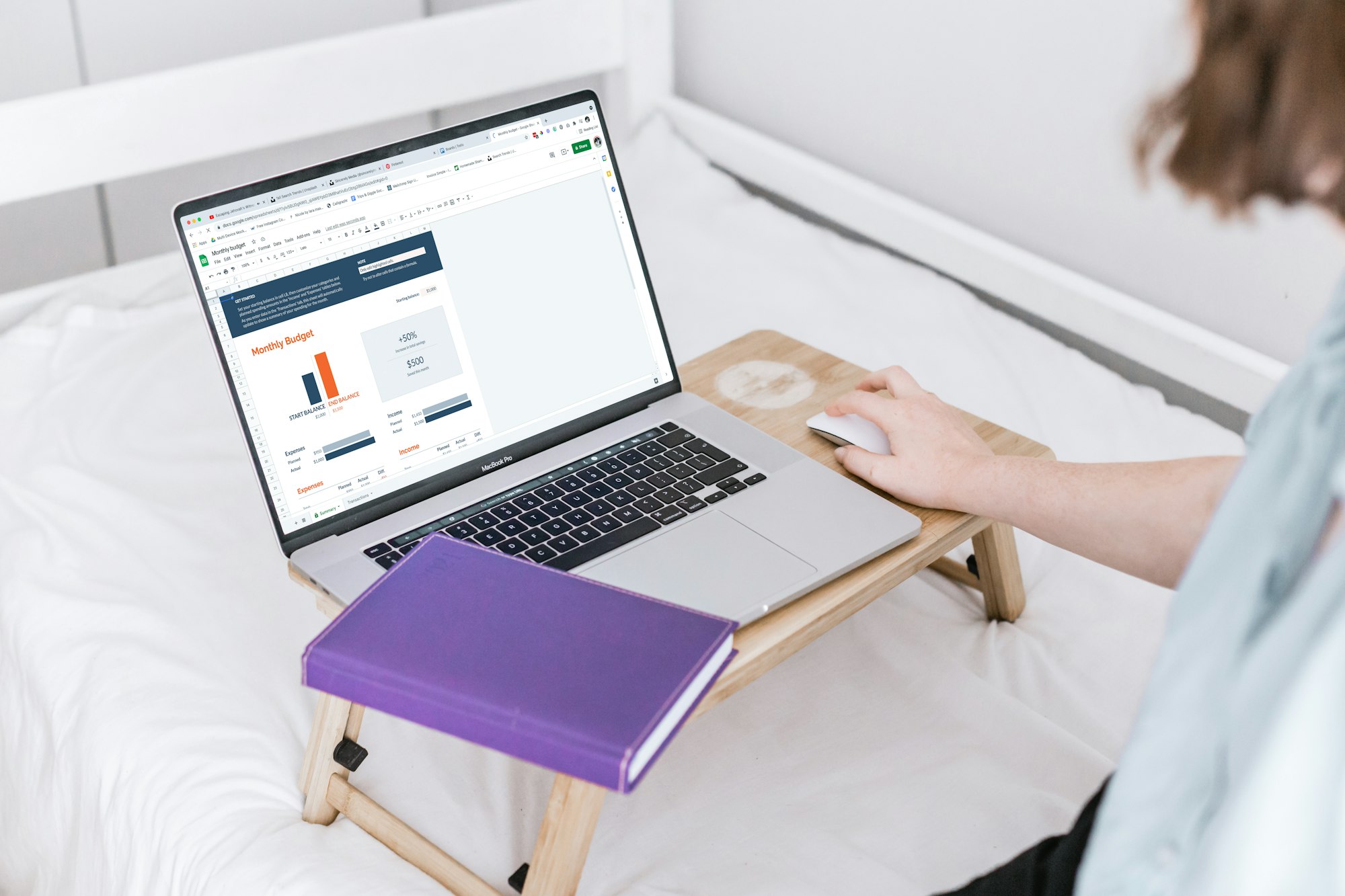Credit card debt is one of the most serious financial problems facing adults in the United States today. The average person owes more than $6,700 in credit card debt. Needless to say, that is an extremely difficult amount of debt to recover from. Worst of all, credit card balances grow continuously larger due to higher interest rates over time. If you find yourself in this situation, how can you get started paying off credit card debt and create a brighter financial future?
Understand the Credit Card Debt You Have
Many people fall into the trap of paying only the minimum payment requirement because they do not understand their credit card debt as a whole. Sit down with all your bills, make a list of the total balances owed, and record the interest rate for each one. Also take note if you are already behind on your payments or get additional fees for overdraft or other issues.
Decision Time: Lowest Balance or Highest Interest First?
Once you know all the details about each credit card bill, it is time for an important decision. Some experts say you should pay off the account with the lowest balance first. Totally eliminating one bill can give you a boost of enthusiasm for the process. Positivity fuels effort for many people. However, the recommended idea to pay off the bill with the highest interest rate first will actually save you more money in the long run.
No matter which way you choose to go, you must always pay the minimum required before every due date. Never give up on paying a large bill or you will seriously compromise your credit score.
Find More Money to Pay Off Bills
If you want to get rid of all your credit card debt, you need to pay more money than the minimum each month. Write down all your expenses and income to make a reasonable budget. Cut costs whenever possible, use coupons, and adopt frugal lifestyle changes. Every single dollar you save should go toward your credit card debt.
Use the Snowball Pay off Method
These steps define the snowball method of paying off credit cards and other bills. This example begins with the highest interest rate card.
- Pay the minimum required payment on all credit cards before the due date.
- Add as much extra money to the highest interest rate card payment until it is gone.
- Snowball the extra money and that card's minimum payment into the next card's bill.
- Once that card is paid off completely, snowball all of that money into the next.
- Continue this process until you have reached zero credit card debt.
Freeing yourself from credit card debt makes a lot of sense for your personal financial future and state of mind. You do not need the stress of thousands of dollars hanging over your head any longer. Approach solving this problem the same way you do anything else in life. Organize, make a plan, and follow through until you reach the financial freedom you deserve.


CASHTELLIGENT RECOMMENDED thumb_up